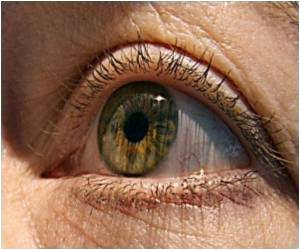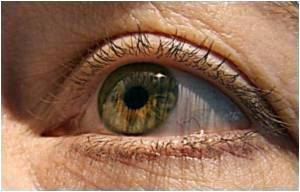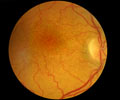An estimated 6.5 percent of Americans age 40 and older have the eye disease age-related macular degeneration, a lower rate than was reported 15 years ago, according to a report in

To update these estimates, Ronald Klein, M.D., M.P.H., of University of Wisconsin School of Medicine and Public Health, Madison, and colleagues analyzed data from the 2005 to 2008 NHANES. A total of 7,081 individuals age 40 or older were selected to participate and had photographs taken of both eyes. Digital images of the eyes were assessed for signs of AMD, including drusen (tiny yellow or white deposits in the retina), pigment changes and atrophy in the retina and surrounding tissue.
The overall prevalence of AMD among adults age 40 and older was an estimated 6.5 percent, which represented a decrease from the 9.4 percent reported in the 1988 to 1994 survey. The estimated prevalence of late (more advanced) AMD was 0.8 percent. Non-Hispanic black individuals age 60 and older had a lower prevalence of any AMD than non-Hispanic white individuals of the same age.
"These estimates are consistent with a decreasing incidence of AMD reported in another population-based study and have important public health implications," the authors conclude. "The decreasing prevalence of AMD may reflect recent change in the frequency of smoking and other exposures such as diet, physical activity and blood pressure associated with AMD. It remains to be seen whether public health programs designed to increase awareness of the relationships of these exposures to AMD in patients at risk and their physicians and eye care providers will continue to result in further decline of the prevalence of AMD in the population."
Source-Eurekalert














